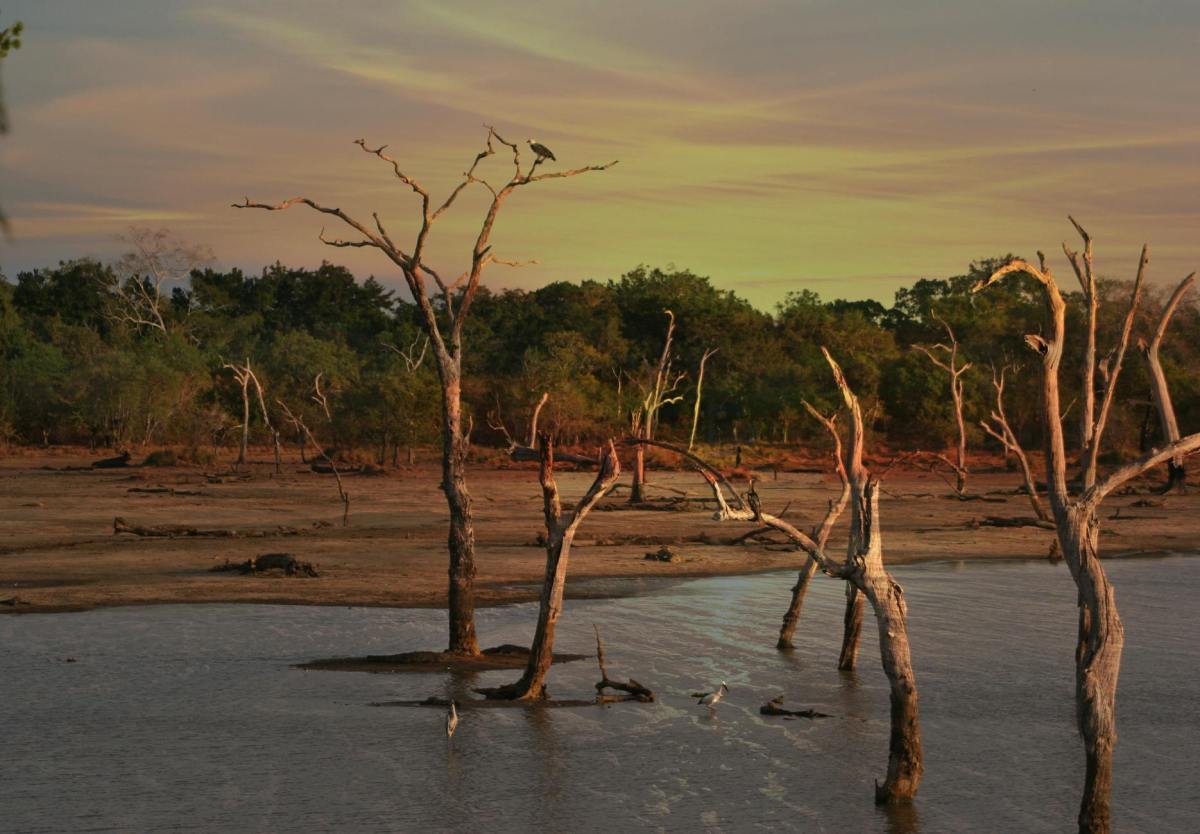Environment Day 2024
The 2024 edition of World Environment Day focuses on land restoration, desertification and drought resilience, on a day that has sought to raise awareness of environmental issues since 1973.
One of the critical issues that the United Nations Environment Programme (UNEP) is warning about this year is drought, as mentioned above.
Drought, ‘an unprecedented emergency on a planetary scale’.
The UN Convention to Combat Desertification places drought at a point of ‘unprecedented emergency on a planetary scale’.
The report, ‘Global Portrait of Drought’, presented at COP28, presents a wealth of data related to the problem, but notes that ‘the massive impacts of human-induced droughts are only just beginning to manifest themselves’.
The report presents a wealth of information on the magnitude of droughts, such as the fact that Europe has not experienced a drought as severe as that of 2022 for five centuries, or that 170 million people will suffer extreme droughts if the global average temperature rises 3ºC above pre-industrial levels, 50 million more than expected if warming is limited to 1.5ºC.
In addition to a wealth of interesting facts that illustrate the incidence of droughts, such as the fact that 85% of people affected by droughts live in low- and middle-income countries, there is also a window of optimism with a series of remedies that can help mitigate droughts.
Some of these measures include actions such as soil restoration, replacing sprinkler irrigation with drip irrigation, or cross-border approaches involving different countries to develop integrated flood and drought management.
Technology against drought
Technologies such as Big Data can be allies in the fight against drought, for example by helping in the integrated management of the water cycle.
Improving management, guaranteeing the recovery, treatment and use of water resources more efficiently or raising consumer awareness by presenting them with information on consumption and how to reduce it are some of the possibilities offered by technology.
Digital transformation of the water cycle
As mentioned above, technological progress allows for more efficient water management, which can help mitigate the negative effects of droughts. Along these lines, Telefónica has solutions to optimise the digital transformation of the water cycle:
– Sewer monitoring to speed up decision-making in the event of blockages or out-of-place discharges.
- Leak detection to control possible fraudulent use or non-visible leaks thanks to real-time information, data that can also be useful for predicting future behaviour based on previously collected information.
- Monitoring of the supply network and treatment plants to detect possible cases of contamination, as well as to improve management efficiency.
- Digital twin with which to simulate scenarios and be able to access data from both the transport and distribution networks.
- Customer portal to centralise and facilitate management related to reading, billing and collection.
- Define patterns and make predictions thanks to the data collected through sensor measurements to know what is behind the readings and be able to identify new situations, and thus define consumption patterns and even make demand predictions.
Smart irrigation management
Another way to save water is to undertake smart irrigation management, such as those offered by Telefónica Tech, which, through the use of IoT devices and a cloud platform, deploys telemetry and remote control solutions to optimise and automate water consumption according to the needs of the crop.
The monitoring of soil conditions, such as humidity or water stress, allows irrigation to be intelligently programmed according to previously defined thresholds, just as flow monitoring sends alerts in the event of possible leaks.
A solution that allows a series of advantages such as cost savings, early action in the event of leaks or the contribution to the sustainability of crops to optimise the consumption of this precious resource.
